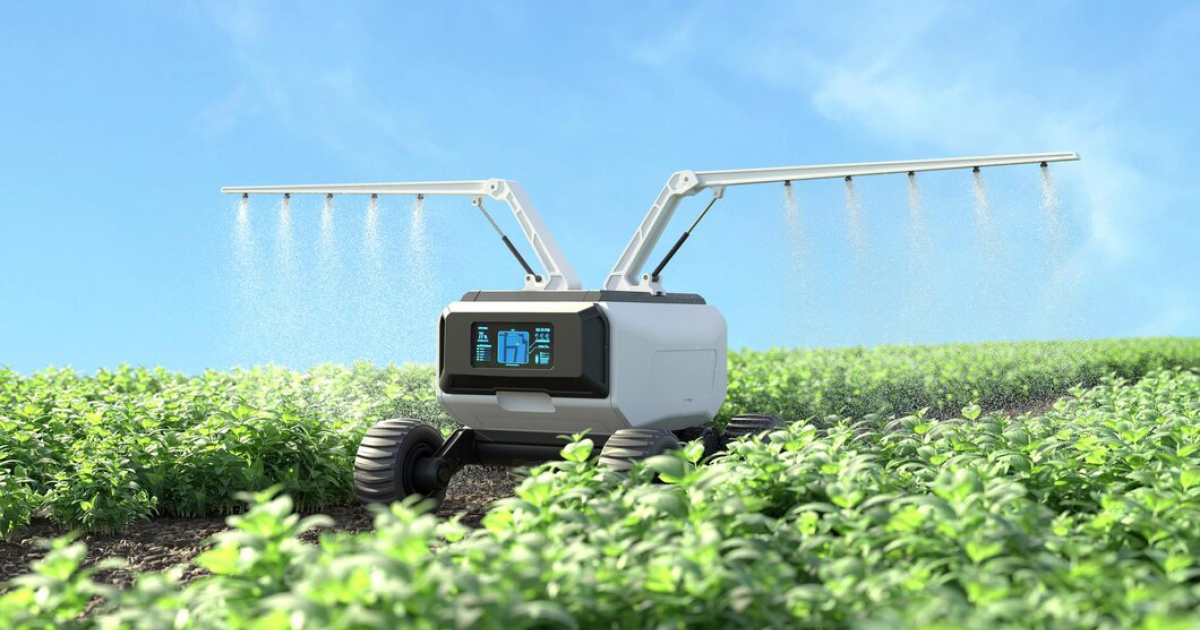Sustainable and Smart Agriculture
A special issue of Applied Sciences (ISSN 2076-3417). This special issue belongs to the section "Agricultural Science and Technology".
Deadline for manuscript submissions: closed (31 March 2025) | Viewed by 6038

Special Issue Editors
Interests: agricultural robots; intelligent gardening robots
Special Issues, Collections and Topics in MDPI journals
2. National Engineering Research Center of Intelligent Equipment for Agriculture (NERCIEA), Beijing 100097, China
Interests: intelligent agricultural equipment
Special Issue Information
Dear Colleagues,
This Special Issue focuses on theoretical and technological innovation in sustainable and smart agriculture in various research fields. However, considering the application of green and low-carbon technologies in various aspects of modern agriculture, papers that discuss relevant carbon footprint methods are also welcome. The loss of agricultural products in the harvesting process has always been a problem in agricultural production. We invite authors to submit papers that propose various innovative solutions, such as online sensing, intelligent decision making, and variable execution. The quality and safety of agricultural products, as well as green processing, are key to improving the added value of agricultural products.
Based on the shortcomings of existing technology and innovative methods, we welcome submissions that demonstrate methods of making food processing more environmentally friendly and energy-saving. The populations of big cities, and thus, food demand will continue to increase in the future, and three-dimensional agricultural cultivation can help produce more high-quality food on limited land. Vertical agriculture and plant factories represent key technological innovations, and papers demonstrating related methods are welcome. The human exploration of Mars requires advanced agricultural technology, agricultural facilities, photobiology, and the exploration of interstellar agricultural methods, which may allow vegetables and other foods to grow in underground or mobile spaces. For this Special Issue, we value contributions that demonstrate innovative thinking.
Dr. Wei Ma
Prof. Dr. Xiu Wang
Guest Editors
Manuscript Submission Information
Manuscripts should be submitted online at www.mdpi.com by registering and logging in to this website. Once you are registered, click here to go to the submission form. Manuscripts can be submitted until the deadline. All submissions that pass pre-check are peer-reviewed. Accepted papers will be published continuously in the journal (as soon as accepted) and will be listed together on the special issue website. Research articles, review articles as well as short communications are invited. For planned papers, a title and short abstract (about 100 words) can be sent to the Editorial Office for announcement on this website.
Submitted manuscripts should not have been published previously, nor be under consideration for publication elsewhere (except conference proceedings papers). All manuscripts are thoroughly refereed through a single-blind peer-review process. A guide for authors and other relevant information for submission of manuscripts is available on the Instructions for Authors page. Applied Sciences is an international peer-reviewed open access semimonthly journal published by MDPI.
Please visit the Instructions for Authors page before submitting a manuscript. The Article Processing Charge (APC) for publication in this open access journal is 2400 CHF (Swiss Francs). Submitted papers should be well formatted and use good English. Authors may use MDPI's English editing service prior to publication or during author revisions.
Keywords
- agricultural robots
- agricultural technology
- smart agriculture
Benefits of Publishing in a Special Issue
- Ease of navigation: Grouping papers by topic helps scholars navigate broad scope journals more efficiently.
- Greater discoverability: Special Issues support the reach and impact of scientific research. Articles in Special Issues are more discoverable and cited more frequently.
- Expansion of research network: Special Issues facilitate connections among authors, fostering scientific collaborations.
- External promotion: Articles in Special Issues are often promoted through the journal's social media, increasing their visibility.
- e-Book format: Special Issues with more than 10 articles can be published as dedicated e-books, ensuring wide and rapid dissemination.
Further information on MDPI's Special Issue policies can be found here.






